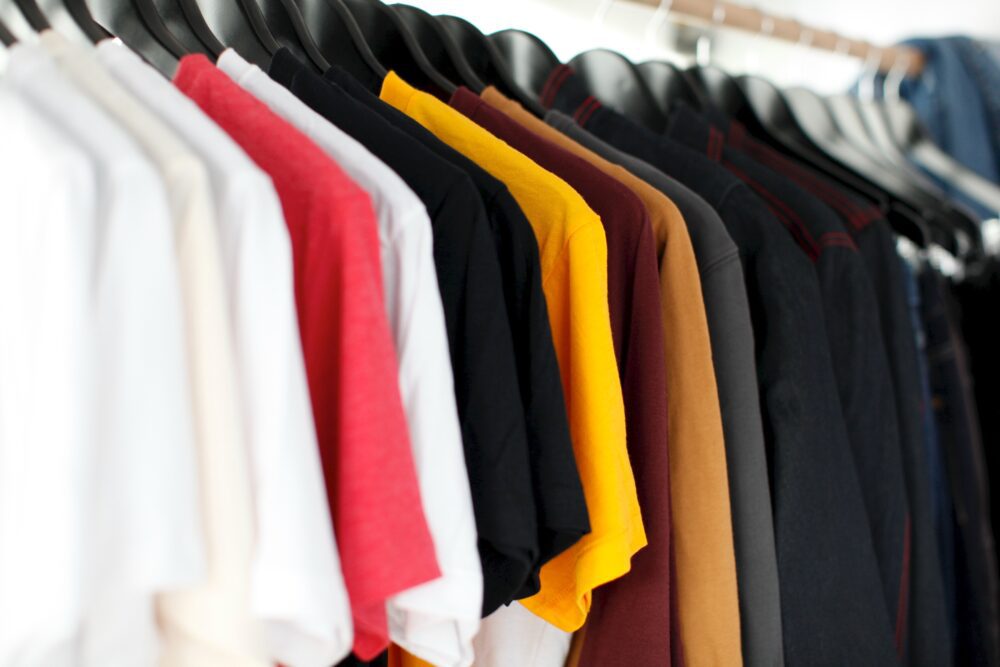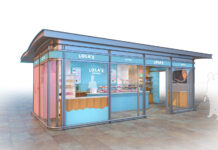The UK’s rate of inflation unexpectedly eased last month amid falls in the prices of clothes, second-hand cars and toys, according to new official data.
The Office for National Statistics (ONS) said the Consumer Prices Index (CPI) rose by 0.4% in the 12 months to February this year.

It was down from the 0.7% measurement in January and 0.6% in December.
ONS deputy national statistician for economic statistics Jonathan Athow said: “A fall in clothing prices helped to ease inflation in February, traditionally a month where we would see these prices rise, but the impact of the pandemic has disrupted standard seasonal patterns.
“Elsewhere there were falls in the price of second-hand cars.
”However, prices at the pump rose this month, compared with a fall this time last year.”
Commenting on today’s figures, Deputy National Statistician for Economic Statistics @jathers_ONS said: (1/2) pic.twitter.com/4jJFCGbJLm
— Office for National Statistics (ONS) (@ONS) March 24, 2021
The cost of clothing and footwear followed an unusual pattern during 2020.
Prices normally rise between January and May, before falling until July, but last year discounting increased in March and April, probably as a response to the first lockdown.
They then remained stable until August, before increasing as usual until October.
But, as large parts of the country re-entered lockdown in November, prices fell again, unusually for the time of year.
Taken with a heavy price drop in January, the cost of clothing and footwear reduced by 5.6% in the year to February 2021 – the biggest fall since November 2009.
Inflation has been widely expected to shoot up this year as the global economy emerges from the grips of the pandemic.
February’s easing in CPI had not been expected; however, Ed Monk, an associate director at Fidelity International, said that once lockdown restrictions are lifted it will take the brakes off clothes prices.
Statistics on prices are compared with those of a year earlier, meaning that soon inflation figures will no longer include the benefit of the drop in oil prices that happened around April last year.
“Today’s numbers set up a potentially crucial few months. As well as lockdown being eased, household energy price falls will fall out of year-on-year comparisons and begin to add upward pressure to inflation numbers,” said Mr Monk.
The Bank of England expects that inflation will reach around 2% by the end of this year.
The Consumer Prices Index including owner occupiers’ housing costs (CPIH) rose 0.7% in the 12 months to February 2021. This is down from 0.9% in January 2021 https://t.co/vEYpUbVPQp pic.twitter.com/PBKdX2xvax
— Office for National Statistics (ONS) (@ONS) March 24, 2021
A separate measure called CPIH, which includes housing costs of people who own and occupy a property, rose 0.7%, down from 0.9% in January, the ONS said.
The Retail Price Index (RPI), stayed flat at 1.4% between January and February.
RPI is generally used to calculate changes to tobacco and alcohol duties, train ticket prices, and interest on student loans, among other things.
CPI, meanwhile, is often used to calculate benefits such as state pensions, Universal Credit and statutory sick pay.

















